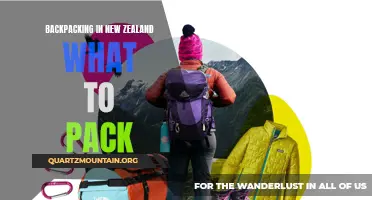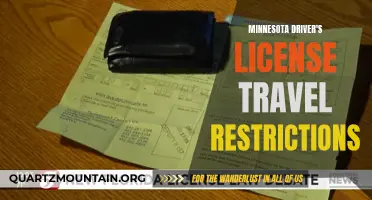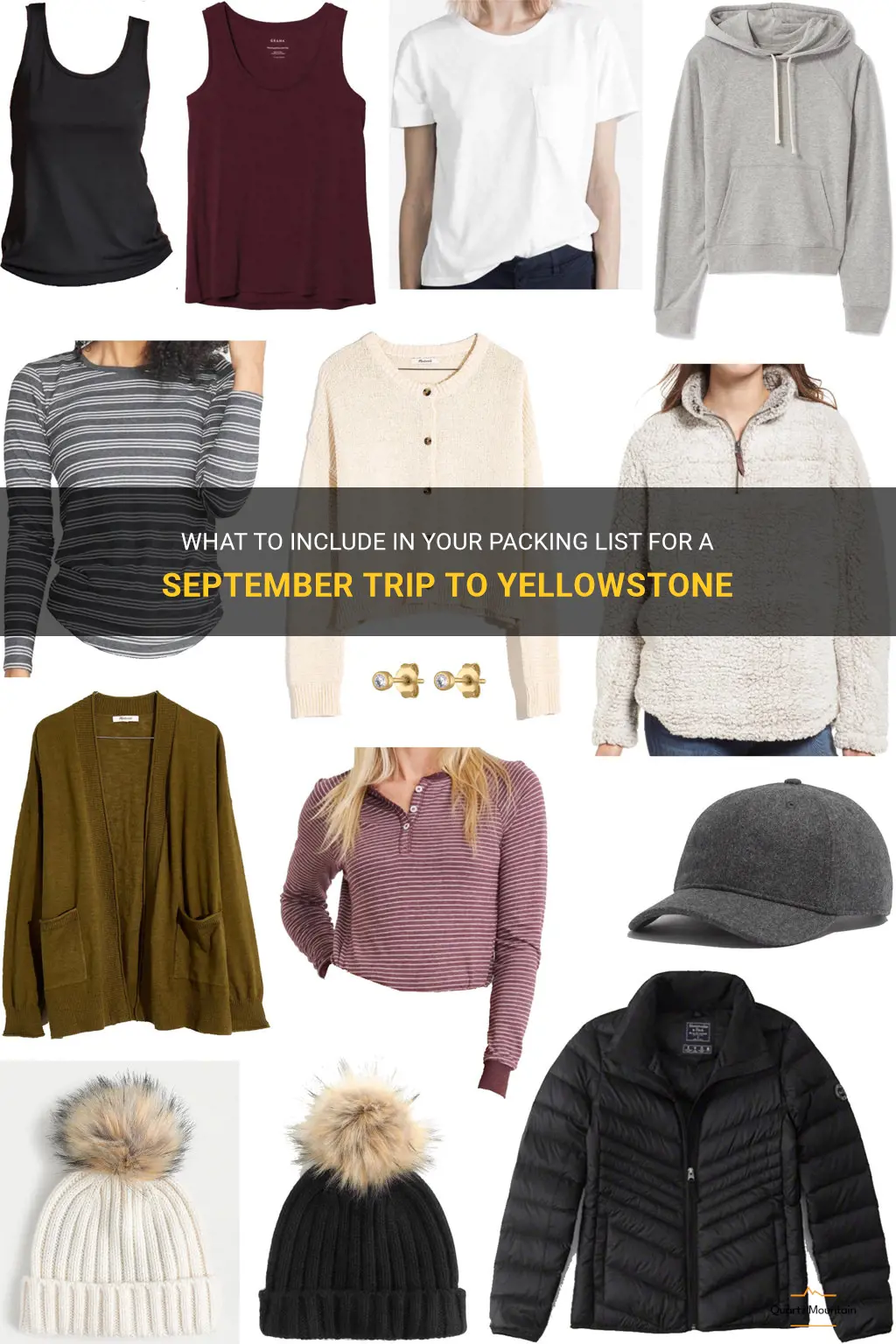
Planning a trip to Yellowstone in September promises breathtaking natural landscapes, iconic wildlife sightings, and pleasant weather. As you embark on this adventure, ensuring you have the right items packed in your bag becomes crucial for a comfortable and convenient experience. From essential clothing options to camping gear and hiking essentials, this packing list will guide you towards a hassle-free September excursion in one of America's most stunning national parks.
What You'll Learn
- What type of clothing should I pack for Yellowstone in September?
- Are there any specific items or gear I should bring for hiking in Yellowstone in September?
- What are the average temperatures in Yellowstone in September, and how does that impact what I should pack?
- Are there any specific things I should consider packing for wildlife viewing in Yellowstone in September?
- Are there any specific safety items or gear I should bring for visiting Yellowstone in September?

What type of clothing should I pack for Yellowstone in September?
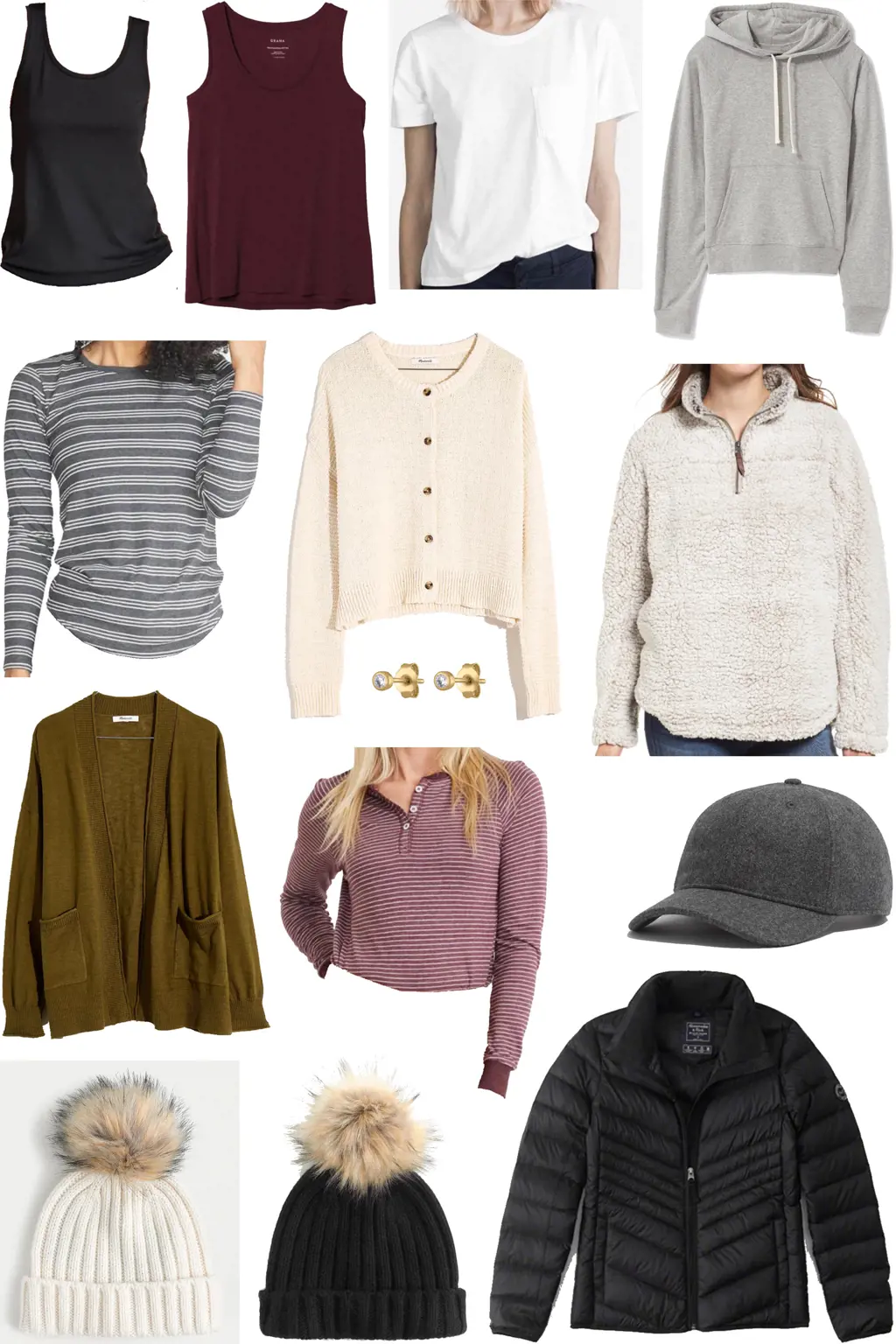
When packing for a trip to Yellowstone National Park in September, it's important to consider the unpredictable weather and diverse conditions you may encounter. September is a transitional season in Yellowstone, with temperatures ranging from highs in the 60s to lows in the 30s. Here are some suggestions on what type of clothing you should pack for your trip:
Layered Clothing: Dressing in layers is the key to staying comfortable in Yellowstone in September. Begin with a base layer made of moisture-wicking material, such as synthetic or merino wool, to keep you dry from sweat or unexpected rain showers. This layer should be lightweight and breathable.
Insulating Layer: On top of your base layer, add an insulating layer to provide warmth. This can be a fleece or down jacket, or a synthetic-filled jacket. Make sure it is lightweight and easily packable, so you can adjust your clothing based on the temperature.
Waterproof Jacket: A waterproof and windproof jacket is crucial for your trip to Yellowstone in September, as the weather can change quickly. Look for a jacket with a good hood and sealed seams to keep you dry during rain showers or when hiking around waterfalls.
Pants: Opt for lightweight and quick-drying pants, such as convertible hiking pants or quick-dry leggings. These will provide protection from the elements and allow for ease of movement during your outdoor activities.
Hats and Gloves: Don't forget to pack a warm hat and gloves to protect your extremities from the cold. Choose gloves that are touchscreen-compatible, so you can still use your smartphone or camera without removing them.
Hiking Boots: A sturdy and comfortable pair of hiking boots is essential for exploring Yellowstone. Look for waterproof and breathable boots with good traction, as you may encounter wet and uneven terrain during your hikes.
Socks: Bring a few pairs of moisture-wicking socks to keep your feet dry and comfortable. Avoid cotton socks, as they retain moisture and can lead to blisters.
Swimwear: Although the water temperatures may be chilly, there are hot springs and swimming areas in Yellowstone where you can take a relaxing dip. Pack a swimsuit or trunks if you're interested in enjoying these natural features.
Insect Repellent: In September, mosquitoes and other biting insects can still be present in Yellowstone. Bring a good quality insect repellent to protect yourself from bites.
It's important to note that weather conditions in Yellowstone can vary greatly, and it's always a good idea to check the forecast before your trip. Packing versatile clothing that can be layered and easily adjusted will ensure that you are prepared for any weather conditions you may encounter during your visit to Yellowstone in September.
The Ultimate Packing Guide for a Short Trip to Utah
You may want to see also

Are there any specific items or gear I should bring for hiking in Yellowstone in September?
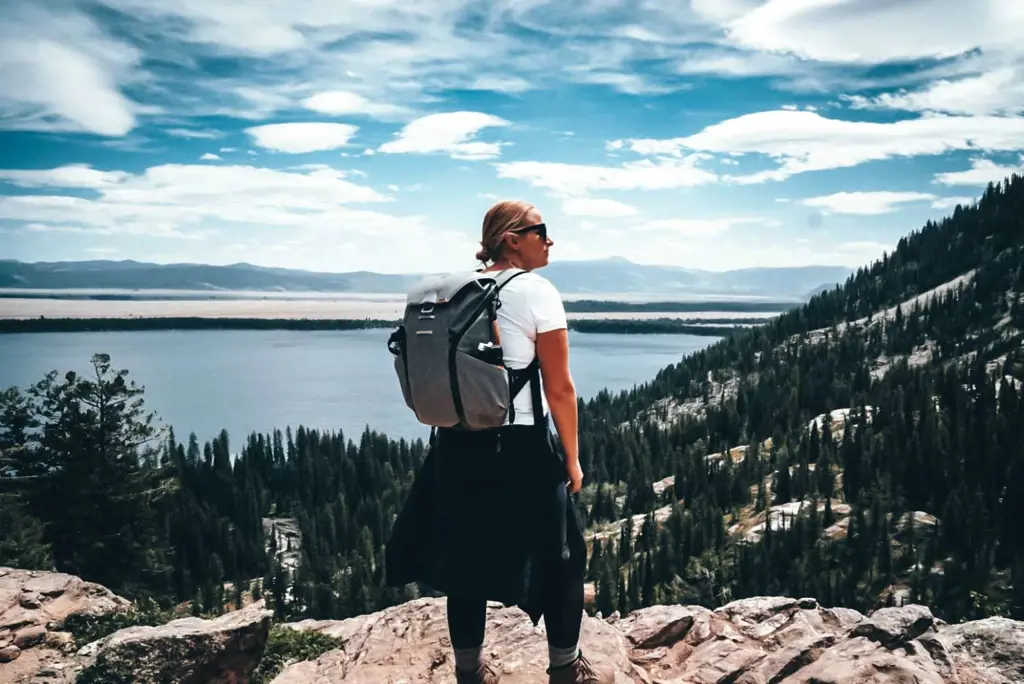
Hiking in Yellowstone National Park in September can be a wonderful experience, as the weather is usually mild and the crowds have started to thin out. However, it's important to come prepared with the right gear to ensure a safe and enjoyable trip. Here are some specific items you should consider bringing for your September hike in Yellowstone:
- Layered Clothing: September in Yellowstone can bring a wide range of temperatures, from chilly mornings to warm afternoons. It's best to dress in layers so you can easily adjust your clothing as needed. Start with a moisture-wicking base layer, add a lightweight insulating layer, and top it off with a waterproof and windproof outer layer.
- Sturdy Hiking Boots: Yellowstone has a variety of trails with different terrain, so it's important to have sturdy and comfortable hiking boots that provide good ankle support. Waterproof boots are especially helpful, as there may still be some lingering snow or wet areas in certain parts of the park.
- Backpack: A good backpack is essential for carrying all your gear and supplies. Look for one with a capacity of at least 25-35 liters, with comfortable shoulder straps and a waist belt to help distribute the weight.
- Navigation Tools: Yellowstone has an extensive trail system, so it's important to have some form of navigation tools with you. A detailed map of the park, a compass, and a GPS device (if available) can help ensure you stay on the correct trail.
- Water and Snacks: Staying hydrated and nourished is crucial while hiking. Carry an adequate amount of water, as there may not be many opportunities to refill along the trail. Pack high-energy snacks such as nuts, trail mix, and energy bars to keep your energy levels up.
- Sun Protection: Even in September, the sun in Yellowstone can be strong, so it's important to protect yourself from sunburn and UV damage. Wear a hat, sunglasses, and sunscreen with a high SPF rating. Don't forget to reapply sunscreen throughout the day.
- Insect Repellent: While insects may be less of a nuisance in September, it's still a good idea to bring insect repellent. Mosquitoes, flies, and ticks may still be present in some areas of the park, so it's better to be safe than sorry.
- First Aid Kit: Accidents can happen while hiking, so it's important to have a basic first aid kit with you. Include items such as band-aids, adhesive tape, antiseptic wipes, pain relievers, and blister care supplies.
- Camera: Yellowstone is known for its stunning natural beauty and diverse wildlife, so be sure to bring a camera to capture your memories. A lightweight point-and-shoot or a DSLR with a zoom lens can help you capture the grandeur of the park.
- Bear Spray: While rare, there is a possibility of encountering bears in Yellowstone. It's recommended to carry bear spray, which is a potent pepper spray designed specifically for deterring bears. Familiarize yourself with how to use it properly before your hike.
Remember to check the weather forecast before your hike and adjust your gear accordingly. Always be prepared for unexpected changes in weather and wildlife encounters. By bringing the right gear and being prepared, you can have a safe and enjoyable hiking experience in Yellowstone National Park in September.
Essential Items for Teens to Pack for the Gym
You may want to see also

What are the average temperatures in Yellowstone in September, and how does that impact what I should pack?
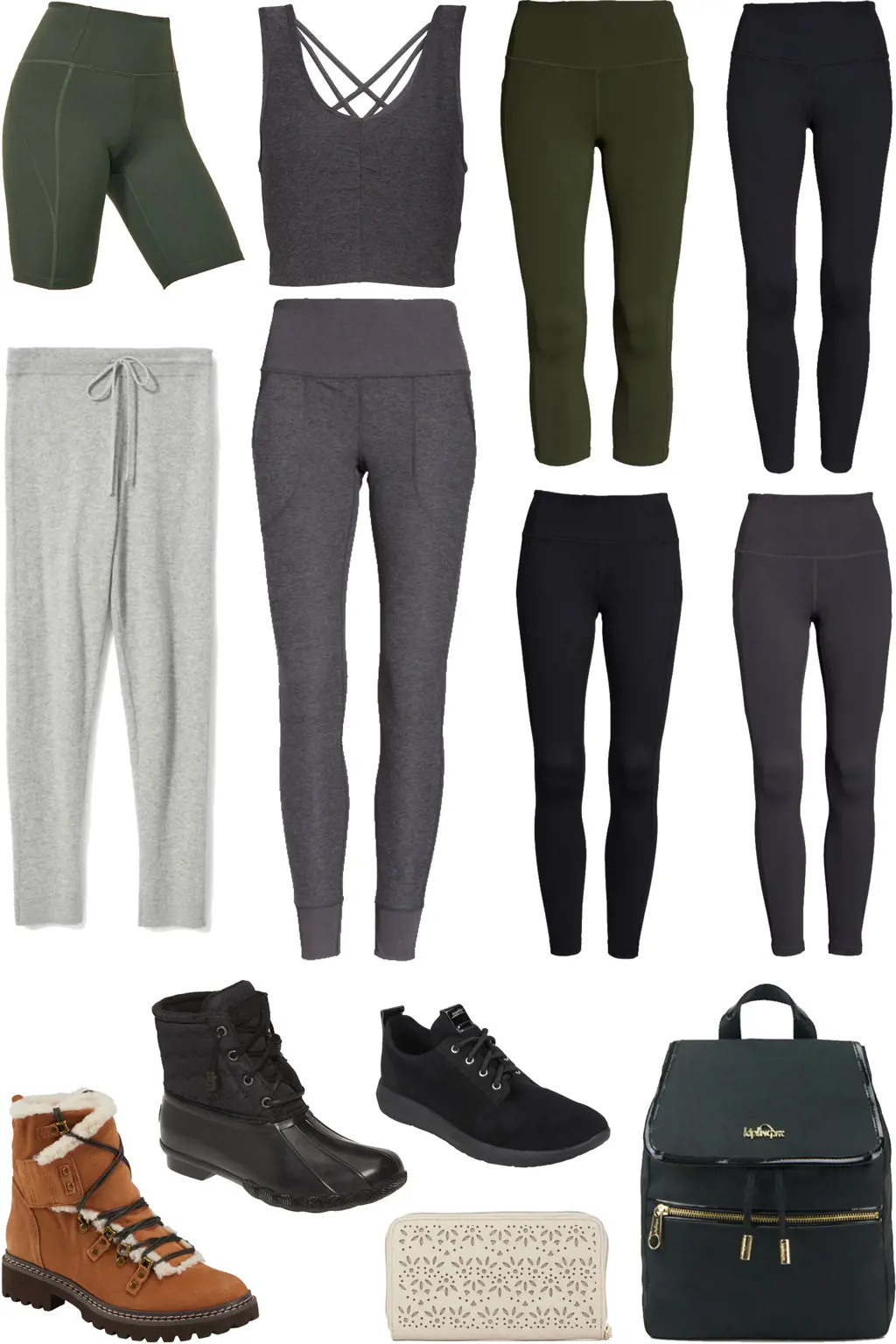
Yellowstone National Park is a popular destination for outdoor enthusiasts, and September is a great time to visit. However, it's important to be prepared for the weather, as temperatures can vary widely during this time of year.
On average, temperatures in Yellowstone in September range from the high 30s to the low 60s Fahrenheit (3-16 degrees Celsius). However, it's worth noting that temperatures can drop below freezing at night, especially later in the month. So, when it comes to packing for your Yellowstone adventure, it's essential to be prepared for a wide range of temperatures.
Here are some tips on what to pack for your September trip to Yellowstone:
- Layered Clothing: The key to staying comfortable in Yellowstone's often-changing weather is to dress in layers. Start with a base layer made of moisture-wicking material to keep you dry and comfortable. Add a mid-layer for insulation, like a fleece or down jacket, and top it off with a waterproof and windproof outer layer. This way, you can easily adjust your clothing as the temperature fluctuates throughout the day.
- Warm Accessories: Don't forget to pack accessories that will keep you warm, such as a hat, gloves, and a scarf. These items are essential, especially during early mornings and evenings when temperatures are cooler. Opt for thermal or woolen options to effectively trap heat and keep you cozy.
- Sturdy Hiking Boots: Yellowstone National Park offers endless opportunities for hiking and exploring its beautiful landscapes. A good pair of sturdy hiking boots is a must-have. Look for boots that provide ankle support, are waterproof, and have a good grip on the soles to navigate the park's varied terrain.
- Sun Protection: While temperatures may be cooler in September, the sun can still be strong at higher altitudes. Make sure to pack sunscreen with a high SPF, a wide-brimmed hat, and sunglasses to protect yourself from harmful UV rays. It's also a good idea to bring lip balm with SPF to prevent dry and chapped lips.
- Rain Gear: September in Yellowstone can be wet, so be prepared for rain showers. Pack a lightweight, packable rain jacket and pants to stay dry in case of unexpected rainfall. Additionally, waterproof hiking boots and a waterproof backpack cover can help keep your gear and belongings dry.
- Binoculars and Camera: Yellowstone is famous for its wildlife and stunning natural landscapes. Don't forget to pack binoculars and a camera to capture the beauty of the park. Binoculars will allow you to spot wildlife from a distance, while a camera will help you capture the memories of your trip.
By packing the right clothing and gear for the average September temperatures in Yellowstone, you'll be well-prepared to enjoy all the park has to offer. Remember to always check the weather forecast before your trip and adjust your packing accordingly. With the right gear, you can make the most of your Yellowstone adventure and create unforgettable memories.
Essential Items for Your Trip to St. Thomas: What to Pack
You may want to see also

Are there any specific things I should consider packing for wildlife viewing in Yellowstone in September?
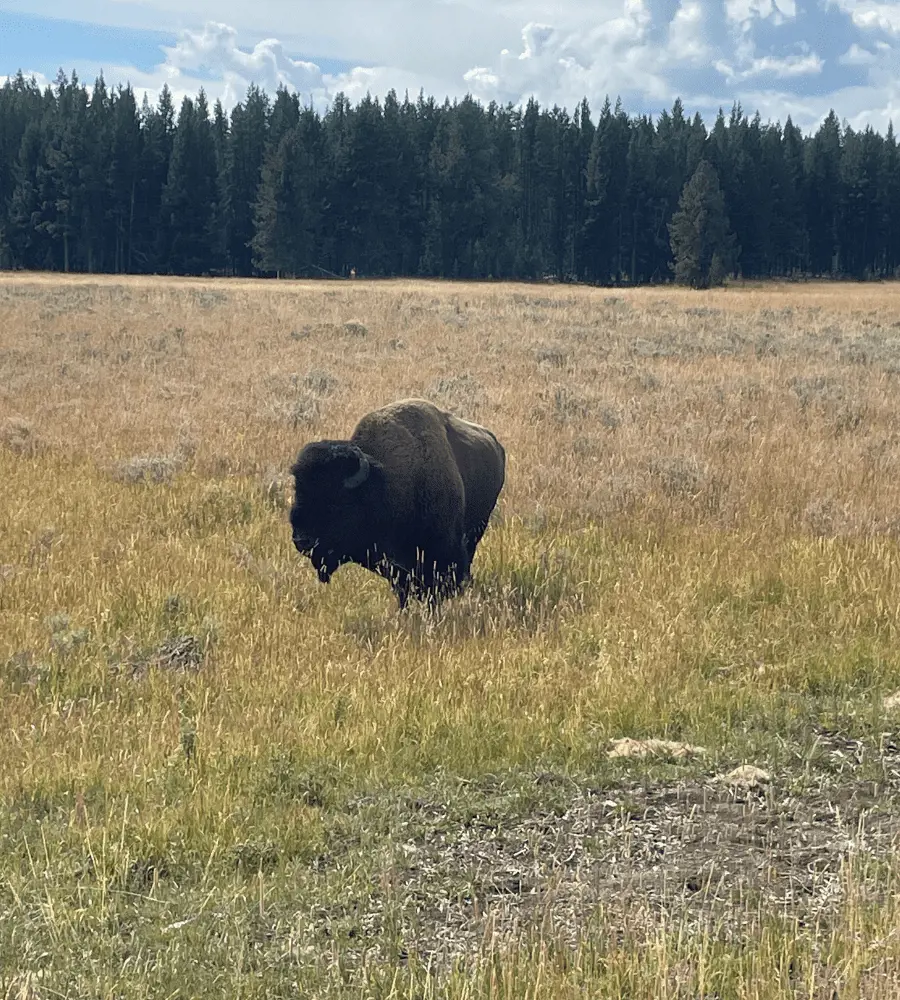
When planning a wildlife viewing trip to Yellowstone National Park in September, there are a few specific things you should consider packing to ensure a successful and enjoyable experience. As the seasons change and winter approaches, the park's wildlife behavior and the weather patterns may affect your trip. Here are some items to consider bringing:
- Proper Clothing: September in Yellowstone can bring a mix of weather conditions, including cooler temperatures and potential snowfall. It is essential to dress in layers, so you can add or remove clothing depending on the temperature. Be sure to pack a warm, waterproof jacket, a hat, gloves, and a pair of sturdy, waterproof hiking boots. These items will keep you comfortable and protected from the elements while you're out observing wildlife.
- Binoculars: Wildlife viewing in Yellowstone often requires observation from a distance, so a good pair of binoculars is crucial. Look for models with a high magnification and a wide field of view. This will allow you to spot and observe animals from further away, without disturbing their natural behavior. Binoculars can also enhance the overall experience by providing a closer look at the park's stunning landscapes.
- Field Guide: Bringing a field guide that specifically focuses on the wildlife species found in Yellowstone can enhance your understanding and appreciation of the animals you encounter. Look for a guide that includes detailed descriptions, illustrations, and information on behavior and habitat. This will help you identify different species and learn more about their life histories.
- Camera and Zoom Lens: Yellowstone offers incredible wildlife photography opportunities, so don't forget to pack your camera and a zoom lens. This will allow you to capture detailed shots of animals from a safe distance. Wildlife photography in Yellowstone can be challenging due to the unpredictable movements of the animals and the landscape, but with the right equipment and patience, you can capture stunning images to remember your trip.
- Snacks and Water: When spending the day wildlife viewing, it's important to stay hydrated and nourished. Pack plenty of water and some snacks to fuel your adventures. Granola bars, nuts, and dried fruit are lightweight and easy to pack. Remember to practice Leave No Trace principles and dispose of any trash appropriately.
- Patience and Respect: While not items you can physically pack, patience and respect are essential qualities to bring on a wildlife viewing trip. Animals in Yellowstone are wild and should be observed from a safe distance. Use binoculars and zoom lenses to have a close look without encroaching on their space. Be mindful of the park's regulations and guidelines for wildlife viewing, and respect the animals' natural behaviors and habitats. Remember that wildlife encounters are not guaranteed, but with patience and respect, you increase your chances of witnessing incredible moments.
In conclusion, packing for a wildlife viewing trip to Yellowstone in September requires careful consideration of the weather conditions, the need for observation from a distance, and the wildlife photography opportunities. By packing the right clothing, equipment, and mindset, you can have an unforgettable experience in America's oldest national park.
Essential Items to Pack for an Unforgettable White Water Rafting Adventure
You may want to see also

Are there any specific safety items or gear I should bring for visiting Yellowstone in September?
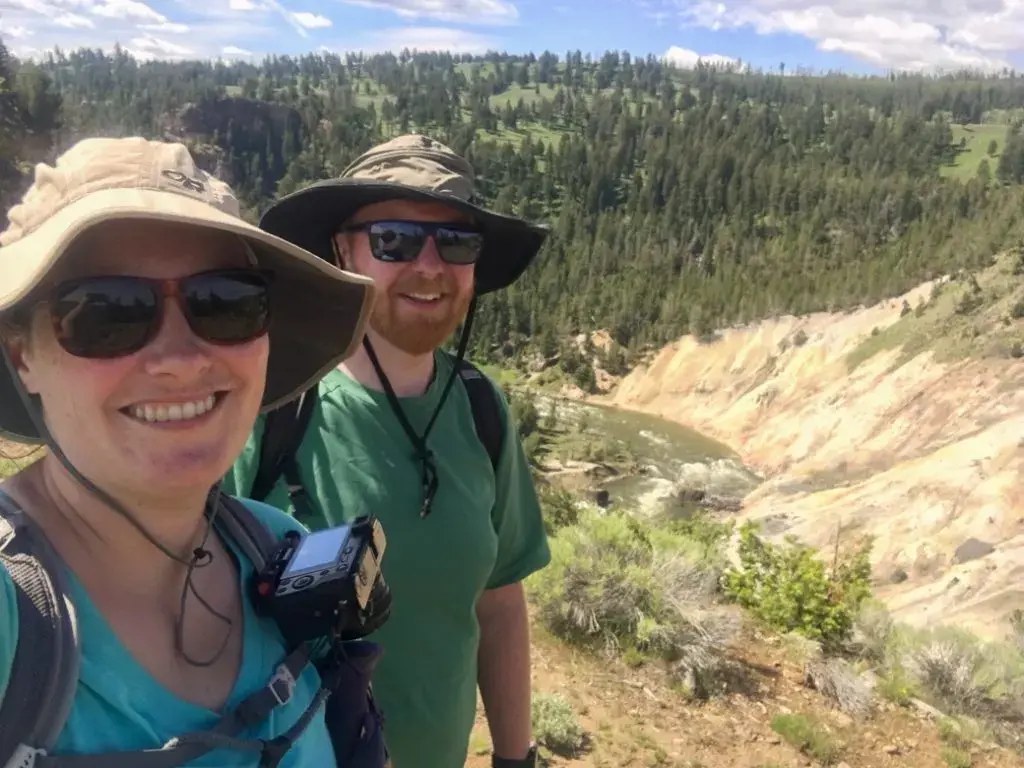
When visiting Yellowstone National Park in September, it is important to be prepared and bring the necessary safety items and gear. While the park is a beautiful and awe-inspiring destination, it is important to remember that it is a natural environment and can present its own set of challenges. Here are some specific safety items and gear that you should consider bringing for your trip:
- Bear Spray: Yellowstone is home to a healthy population of grizzly bears and black bears. It is crucial to carry bear spray with you at all times while hiking or camping in the park. Bear spray is a deterrent that can help protect you in case of a bear encounter. Make sure you know how to use it properly before your trip.
- Hiking Boots: Yellowstone offers numerous hiking trails with varying levels of difficulty. It is essential to have a good pair of hiking boots that provide ankle support and traction. The terrain can be rough and uneven, and having sturdy boots will help prevent injuries and provide stability during hikes.
- Layered Clothing: September weather in Yellowstone can be unpredictable, with temperatures ranging from chilly mornings to warmer afternoons. Layered clothing is a must to adapt to changing weather conditions. Make sure to pack a good quality waterproof and windproof jacket, as well as moisture-wicking base layers to keep you warm and dry.
- Insect Repellent: Mosquitoes and other biting insects can be prevalent in certain areas of Yellowstone. It is advisable to bring insect repellent to protect yourself from uncomfortable and potentially disease-carrying bites. Look for a repellent that contains DEET or picaridin for maximum effectiveness.
- Sun Protection: Even though September brings cooler temperatures, the sun can still be strong in Yellowstone. Pack sunscreen with a high SPF rating, sunglasses, and a wide-brimmed hat to protect yourself from harmful UV rays. A good pair of polarized sunglasses will also help reduce glare from the water and snow.
- First Aid Kit: It is always wise to carry a basic first aid kit with you while exploring the park. Pack band-aids, blister pads, antiseptic ointment, pain relievers, and any personal medications you may need. Additionally, familiarize yourself with basic first aid techniques before your trip.
- Drinking Water and Snacks: It is important to stay hydrated and energized while exploring Yellowstone. Carry a reusable water bottle and refill it at designated water stations throughout the park. Pack healthy and high-energy snacks such as trail mix, granola bars, and fruit to keep your energy levels up during hikes.
Remember, these safety items and gear are just a starting point. It is essential to research and understand the specific risks and challenges of visiting Yellowstone in September. Check the park's website for current information and guidelines on safety precautions. Be prepared, stay informed, and have a safe and enjoyable visit to Yellowstone National Park.
The Ultimate Packing Guide for Hajj: Essential Items You Should Bring
You may want to see also
Frequently asked questions
In September, the weather in Yellowstone can be quite variable, with temperatures ranging from cold in the mornings and evenings to mild during the day. It is recommended to pack layers of clothing so that you can easily add or remove them based on the temperature. Make sure to pack a warm jacket, sweaters, long-sleeve shirts, and pants. Additionally, bring a hat and gloves for the colder times of the day.
Yes, it is advisable to pack rain gear for September in Yellowstone. The month of September can bring occasional rain showers, so having a waterproof jacket or raincoat, as well as a small umbrella, can help keep you dry and comfortable during your visit.
For September in Yellowstone, it is recommended to pack comfortable and sturdy footwear. Hiking boots or shoes with good traction are essential, especially if you plan on exploring the park's trails. It is also a good idea to bring a pair of waterproof shoes or boots, as the ground can be damp due to rain or morning dew.
Yes, it is a good idea to pack insect repellent for September in Yellowstone. Mosquitoes and other insects can still be active during this time, especially in areas with standing water. Using insect repellent can help prevent bug bites and make your outdoor experience more enjoyable.
In addition to clothing, rain gear, footwear, and insect repellent, there are a few other items you should consider packing for September in Yellowstone. These include sunscreen, a water bottle or hydration pack, a daypack for carrying your essentials while exploring, a camera or binoculars for wildlife viewing, and any necessary medications or personal care items. It is also a good idea to bring a map or guidebook of the park to help navigate your way around.


